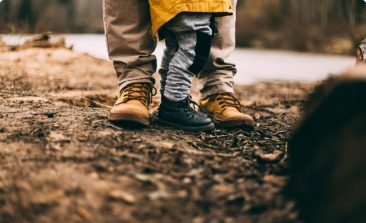Why do Baby Cry?
It could be beneficial to remember that your infant is really just communicating with you. In fact, research suggests that a baby’s screams are influenced by the language spoken in their home. German and French babies, for example, cry to distinct melodies.
What specifically is your infant attempting to communicate, then? Here are a few typical problems that your young child may be attempting to express.
Intestinal problems
The digestive system of your kid is growing, and this process involves a lot of learning. Every step can make you cry till things are easy.
Hunger
The most frequent cause of crying in infants is hunger. Thankfully, taking care of it is simple. Your infant will relax once they begin to eat. Unless the item after that on our list starts.
Gas
It takes some practise for babies to learn to regulate their breathing while feeding, so they might swallow air at first. Make sure to burp your baby both during and after the meal to aid in the removal of gas.
You can hold them upright under the arms while supporting the head, drape them across your arm, or put them over your shoulder. Have a burp cloth on hand to mop up any spittle.
Soiled diaper
Verify that the diaper on your child is clean. Their delicate skin will become irritated by poop, especially if they already have a rash.
Avoid problems by smearing a layer of diaper cream over the diaper area every time you change them.
Food intolerances and allergies
If you’re breastfeeding, you know that everything you eat is passed on to your baby through your milk. Gluten, eggs and dairy can be difficult for your baby to digest.
True food allergies in young children are rare. If you are breastfeeding you may want to change your diet. If your baby is formula-fed, talk to your doctor about switching formulas.
Typically, solid food is introduced at 6 months. You should talk to your doctor about when to introduce common allergens like cow’s milk, peanuts, fish, wheat, and eggs. This schedule may vary depending on whether your child is at high risk of developing a food allergy – your doctor knows your family best!
Other causes
Aside from feeding and digestive issues, there are other reasons your baby might be crying, including:
Fatigue
Babies can become overtired if they stay up too long or are overstimulated. Your baby will signal to you that he is getting tired by crying, yawning, touching his face or pulling his ears, clinging to you, or moving away. Your job at this point is to get her to sleep.
Try diapering, feeding, rocking, offering a pacifier, and darkening the room. When your baby gets sleepy, place him on his back in his crib or cradle.
Body temperature
Like humans, babies don’t like it when it’s too hot or too cold. Slide a finger down the back of your baby’s onesie to see if it’s sweaty. Touch your baby’s ears to feel if they are too cold. And then dress them appropriately.















































